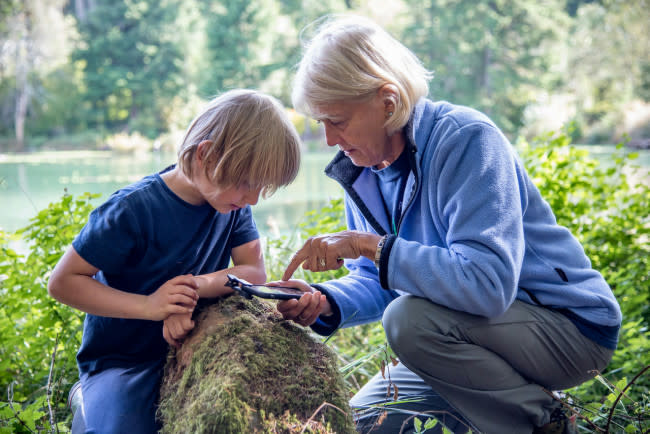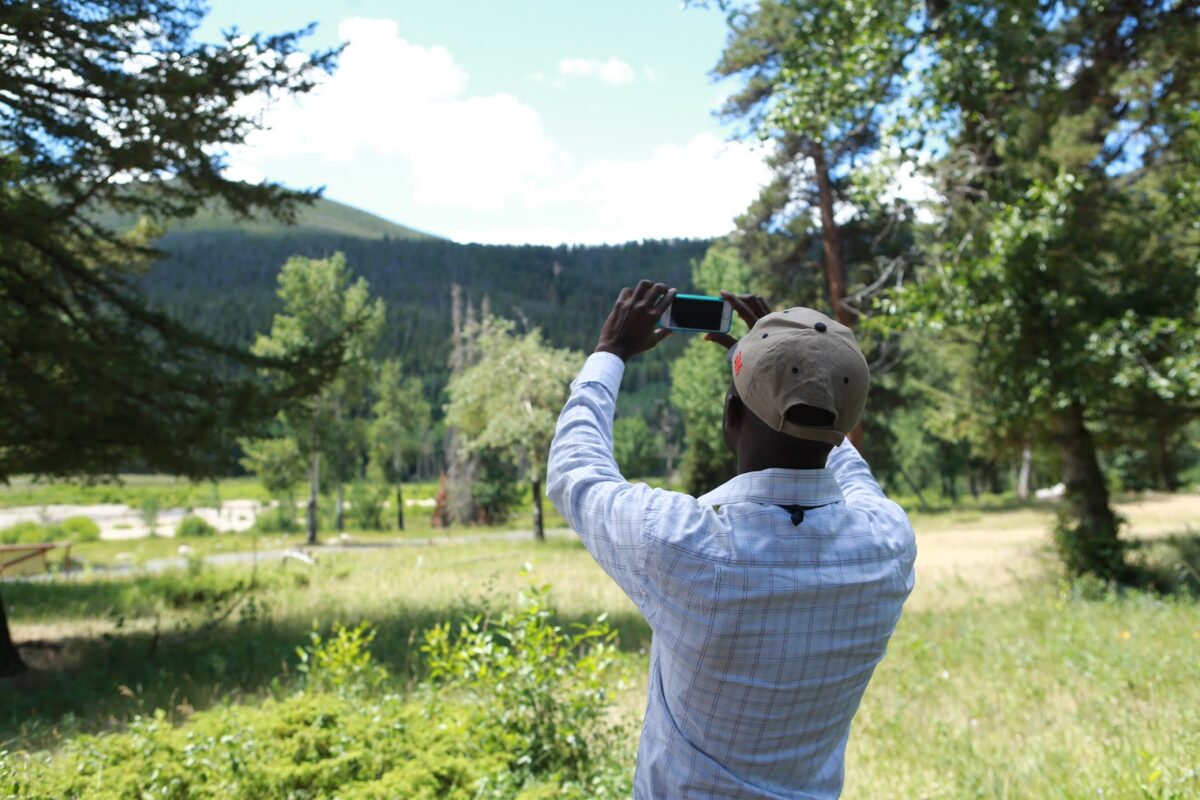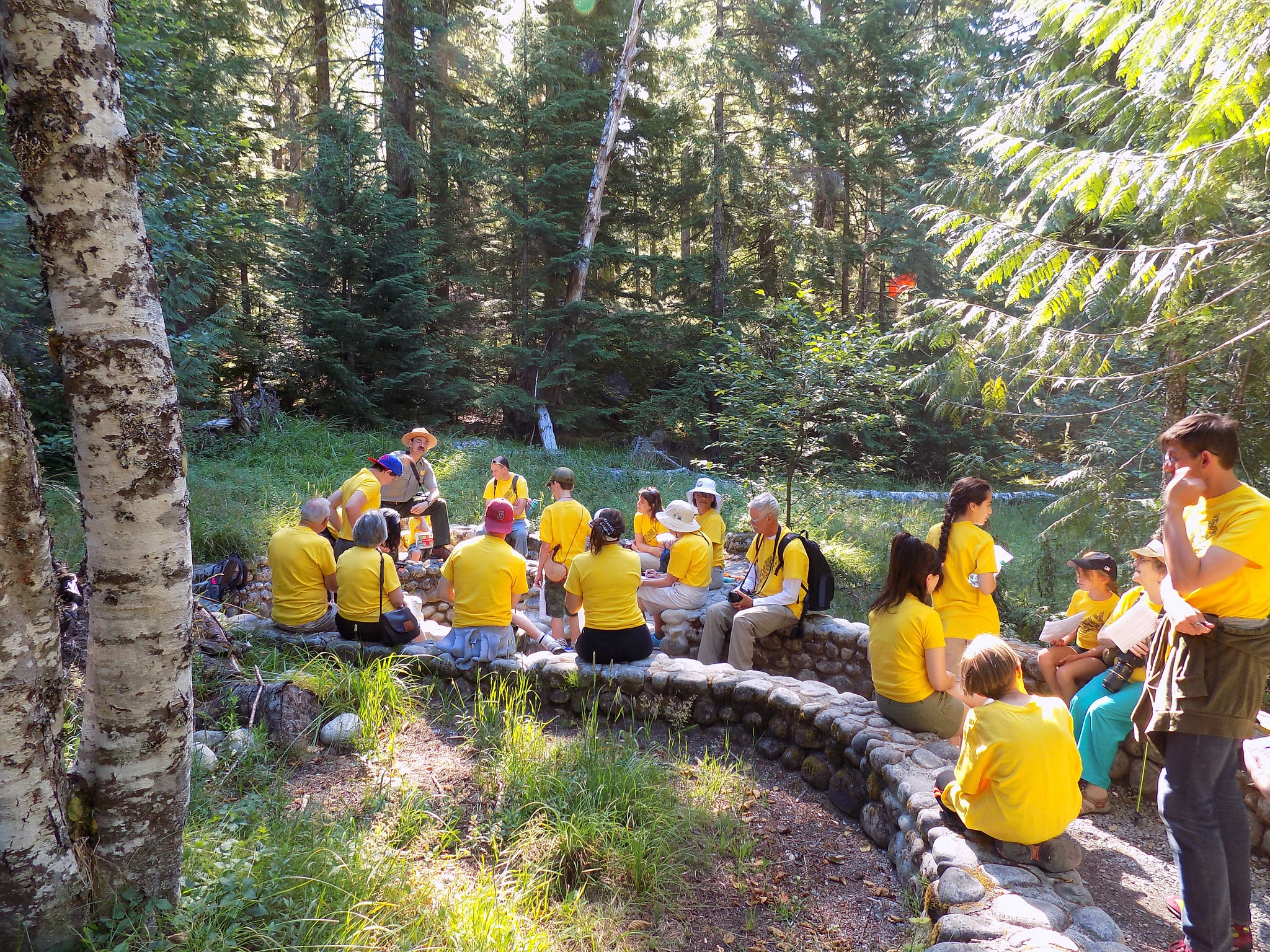At school or at home, kids can try these fun and easy science projects to learn about nature either online or in the great outdoors.
SciStarter Blog
With the COVID-19 pandemic playing out, parents are sending kids back to school in a whole new world. This year, online and at-home learning will be more important than ever.
RELATED: FREE SCIENCE TEACHING RESOURCES
These resources let your kids learn about science and contribute to real-world research via thousands of research projects, online science events and educational tools. The citizen science projects offer real-world science engagement for face-to-face, outdoor, online, remote and at-home learning settings. You’ll find helpful video tutorials, classroom connections, printable data sheets and other free resources.
RELATED: TAKE A NATURE QUEST WITH EARTH SCHOOL
Meanwhile, we’ve also compiled some fun and easy science projects and experiments about nature for kids to do either online or in the great outdoors.
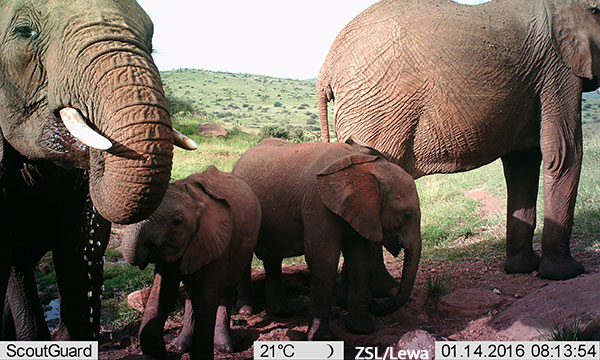
At-Home Wildlife Biology
Modern technology is a dynamic tool for science and learning. Our cell phones can serve as sensors to report environmental data, and many of today’s citizen science projects are now designed to be conducted solely online.
One way to utilize that technology is to become an at-home wildlife biologist and analyze cam trap data to help study wildlife in action with Instant Wild. The project asks users to look at wildlife cameras and report the creatures that they see.
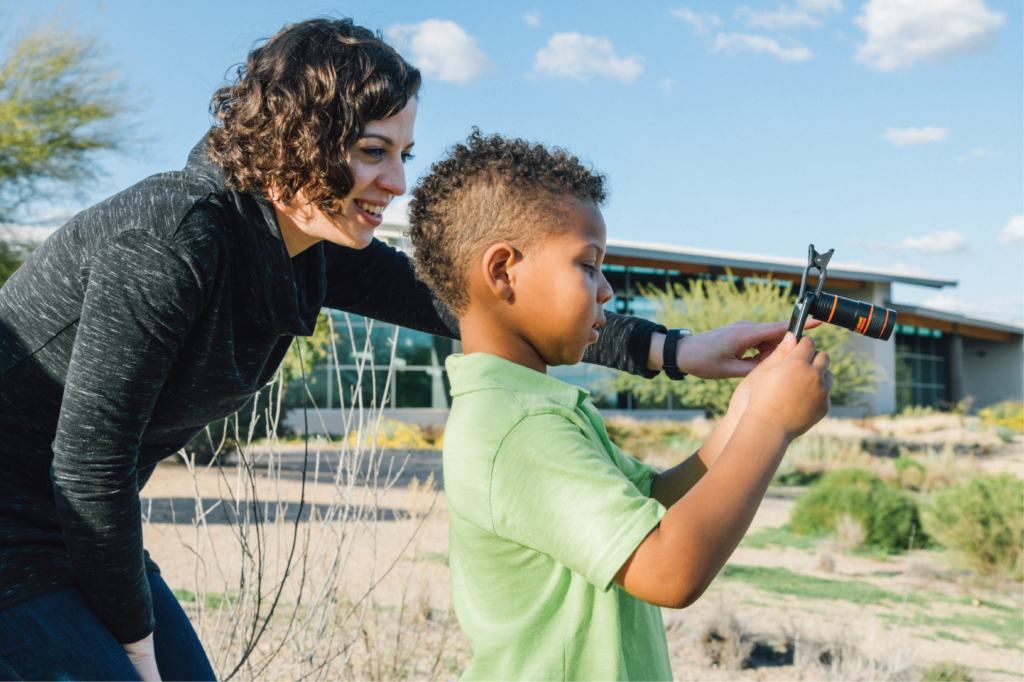
Pollinator Challenge
Calling all 21st century naturalists! Join a global community of nature-lovers collectively working to document life on Earth with iNaturalist. For younger learners, Seek by iNaturalist invites participants to engage in this month’s August Pollinator Challenge. The project lets you use image recognition technology to identify plants and animals. You earn badges for spotting different kinds of wildlife in monthly challenges.
Another way to document nature and get outside in real life is to capture wildlife with your camera and join QuestaGame, including their exciting Global Schools BioQuest special event.
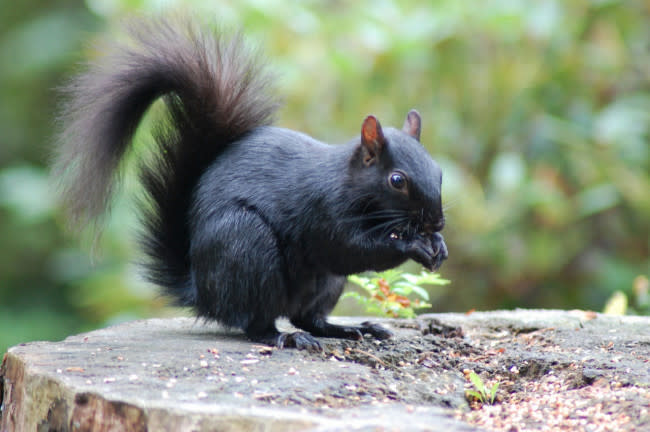
Project Squirrel
The great outdoors serve as an unbounded learning environment for authentic student exploration of natural phenomena. One way to “go nuts” outside is to count the number and type of squirrels that you see near you for science with Project Squirrel. The citizen science effort aims to understand squirrel tree ecology and discover which species are most common in certain areas.

Measure Rain and Weather
You don’t have to leave your home to measure rain, hail, sleet and snow and help investigate extreme weather events with CoCoRaHS, the Community Collaborative Rain, Hail and Snow Network. This group of backyard weather watchers of all ages collect regular readings and report them online. The project will help your kids learn about weather, and help scientists study local phenomena — and how they’re changing.
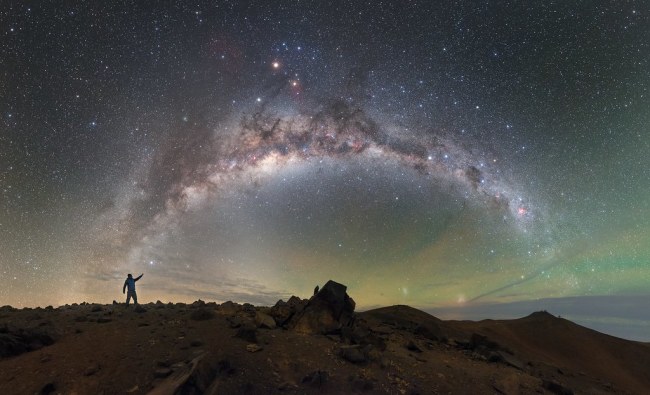
Learn with Earth School
Coronavirus has changed how we engage and educate kids, but a group of environmental education experts has invented a program to help. Earth School is an initiative from TED-Education, the U.N. Environment Programme, SciStarter, and many others, to support students from home.
Earth School sets kids up with “quests” that let them learn about and connect with nature. Each quest features educational videos and activities, plus science resources for students to go deeper into subjects they enjoy.
About the Author
Jill Nugent works in higher education where she teaches and serves as an administrator in online STEM programs. Her undergraduate degree is from Texas A&M University and her master’s degree is in biological sciences where she studied animal behavior and conservation biology. She holds teacher certification in science and life science/biology. Jill authors a monthly citizen science column in the NSTA Journal, Science Scope and was a contributing author on the NSTA Press book, “Citizen Science: 15 Lessons That Bring Biology to Life”. Outside of teaching, writing, and engaging in citizen science projects, Jill enjoys volunteering with ManeGait, a therapeutic riding equestrian center in North Texas. You can connect with Jill on Twitter @ntxscied.

